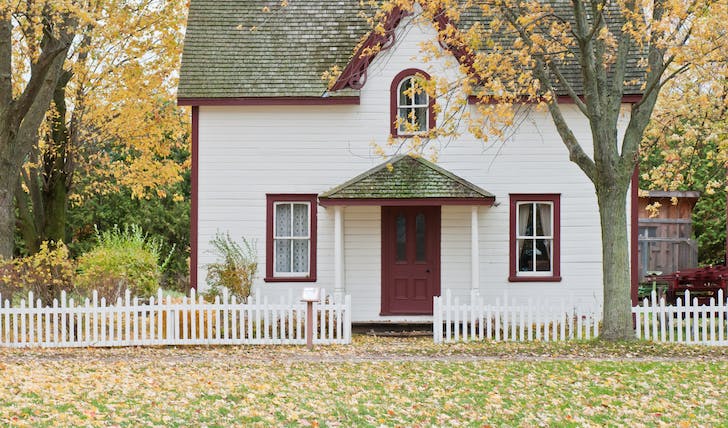Reverse mortgages stand out as a loan structure tha is literally in ‘reverse.’ Here, the lender pays you, utilizing the equity you have built in your home over the years.

It is designed for seniors looking to enhance their retirement income without the burden of monthly mortgage payments. The catch? The loan is settled once the home is sold, or the borrower passes away or relocates permanently.
Eligibility Criteria
To tap into this opportunity, you must be at least 62 years old and possess substantial equity in your home. This option is best suited for those intending to make their current residence their forever home.

Reverse mortgages come in various forms, each with unique characteristics to suit different needs and goals.
Home Equity Conversion Mortgages (HECMs)
These federally insured loans reign as the most sought-after variant, offering diverse disbursement options, including lump sums, monthly payments, or lines of credit.
Proprietary Reverse Mortgages
Tailored for homeowners with higher-valued properties, these private loans can provide larger sums but lack federal insurance, possibly carrying higher costs.
Single-Purpose Reverse Mortgages
The most budget-friendly choice, these loans are earmarked for a specific use, such as home repairs, and are offered by certain governmental and non-profit entities.
The Operational Mechanics
The journey to obtaining a reverse mortgage involves several steps, starting with a financial assessment and mandatory counseling to ensure a thorough understanding of the process. Following approval, based on criteria like age, home value, and equity, you can select your preferred method of fund disbursement.
However, it is important to remember that the loan’s repayment is deferred until the home is sold, the borrower relocates, or in the event of the borrower’s death.
Weighing the Benefits Against the Drawbacks
Embarking on a reverse mortgage journey comes with its share of advantages and considerations.
The allure of reverse mortgages lies in their flexibility in fund disbursement and the ability to remain in one’s home while accessing equity. These loans are non-recourse, meaning you or your heirs will not owe more than the home’s value upon repayment.

However, potential downsides include substantial fees and interest rates, which can erode home equity over time. The loan’s impact on your estate and potential effects on government benefit eligibility also warrant careful consideration.
Opting for a reverse mortgage is a significant financial decision that necessitates a balanced examination of immediate benefits and long-term implications. Engaging with a financial advisor, exploring alternatives, and comprehensively understanding the loan agreement are essential steps in making an informed choice.
Summing Up
Reverse mortgages offer a unique solution to financial challenges in retirement, enabling homeowners to leverage their home equity while continuing to live in their beloved homes. Yet, this financial instrument is not universally suitable. A thoughtful approach, informed by diligent research and professional advice, is paramount in determining whether a reverse mortgage aligns with your retirement vision and financial circumstances.
By approaching the decision with caution and clarity, you can ensure that this innovative financial tool serves your interests. Thus, securing your financial stability without compromising the emotional value of your home. As you contemplate the prospect of a reverse mortgage, consider it not just as a financial decision. But as a step towards realizing a comfortable and secure retirement.
